These home remedies will help you manage greasy hair.
12. Try a DIY Shampoo: Choose ingredients like green clay to balance oil production, and rosemary to stimulate and promote a healthy scalp.
13. Coconut oil hair mask: Using oil on hair that’s already oily might not seem like the best remedy, but coconut oil is actually an amazing oil- fighting ingredient. It works by lifting oil from the scalp, nourishing and conditioning at the same time.
14. Soothe with honey: A honey mask can soothe the scalp and help treat and prevent dandruff due to its antibacterial and antifungal properties. Studies show it helps with itching, redness, flakiness, and excess oil production.
15. Deep clean with aloe: This natural astringent helps to remove excess oil, combat product buildup, provide relief to the scalp, and protect hair strands. Twice a month, try a scalp massage using aloe verain between your shampoo and conditioner.
16. Using witch hazel: Another natural remedy for relieving scalp problems including an oily scalp, dandruff and dryness is witch hazel. It treats scalp sensitivity and provides relief from itching and irritation.
17. Tea tree oil before bed: Tea tree oil is known for its antibacterial and anti-fungal properties and It’s especially beneficial for those with an oily scalp. Once a week, rub a few drops of tea tree oilinto your scalp before bed.
18. Drink green tea: Green tea is a hair superfood. It's loaded with antioxidants, to protect the scalp and from inflammation and damage; and caffeine, which helps prevent hair loss. It also helps reduce sebum production to fight oily hair.
19. Rinse with apple cider vinegar: Due to its highly acidic content, apple cider vinegar works as a natural antifungal inhibiting the growth of dandruff. It also helps to clear buildup and condition hair making it softer, silkier, and shinier.
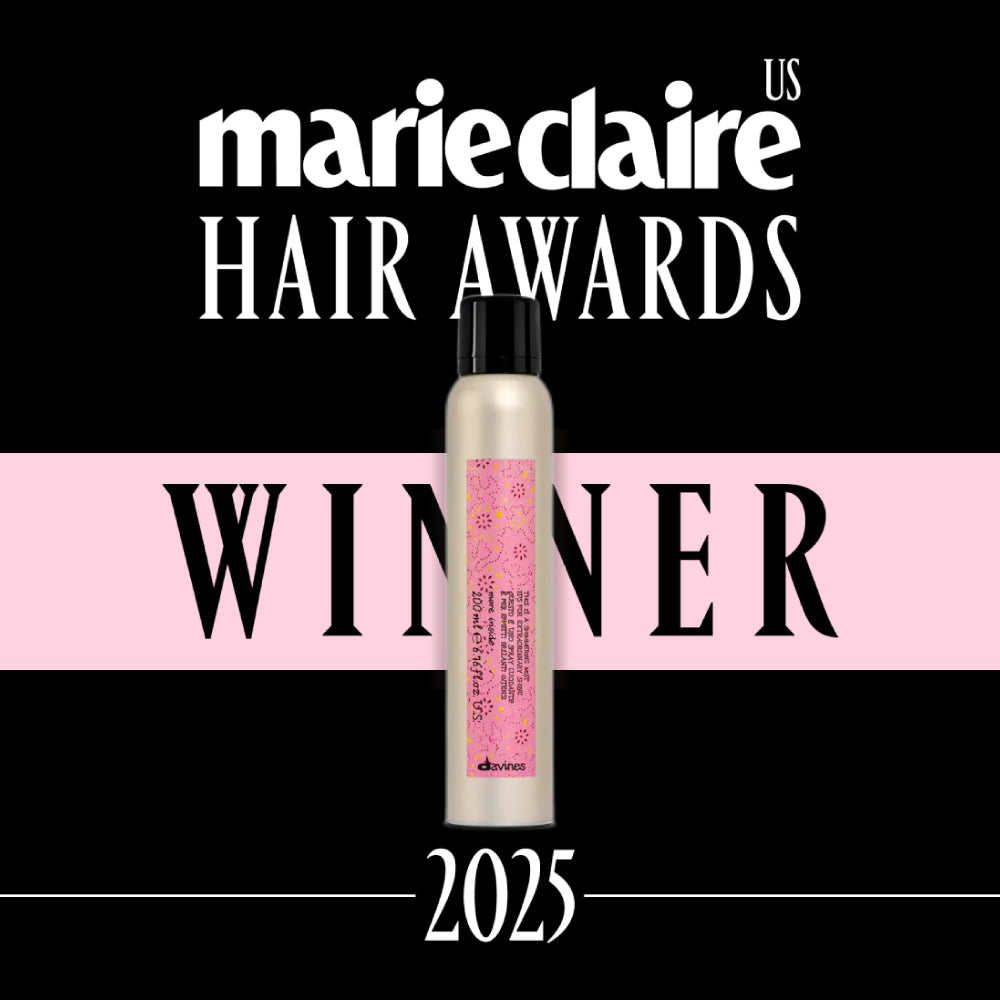


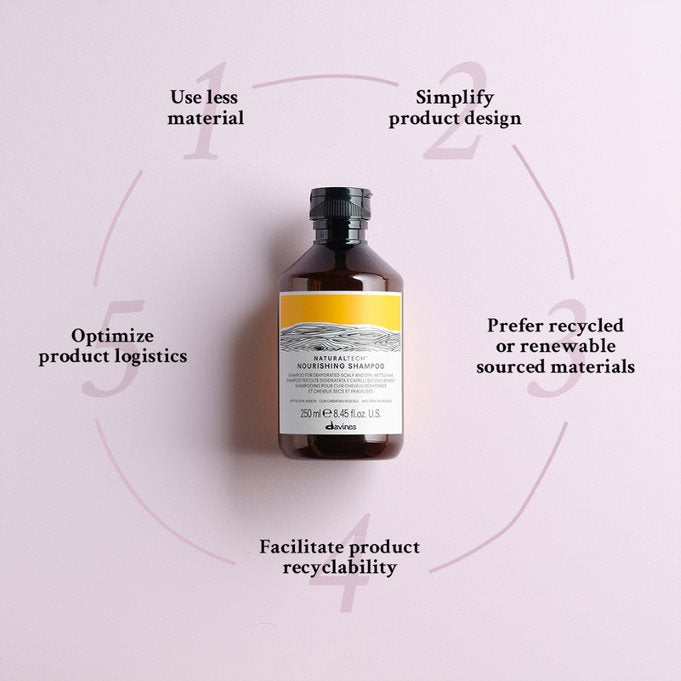
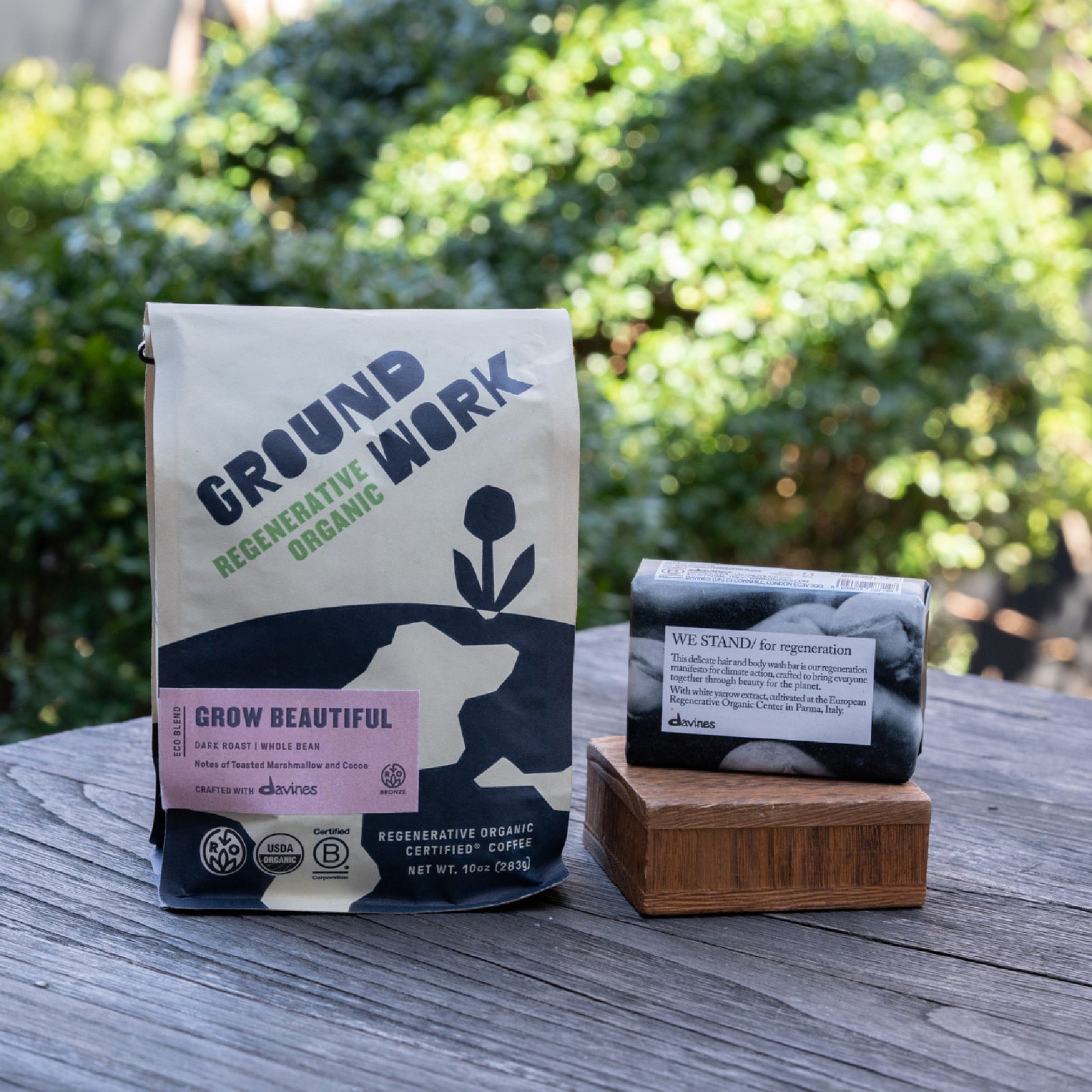
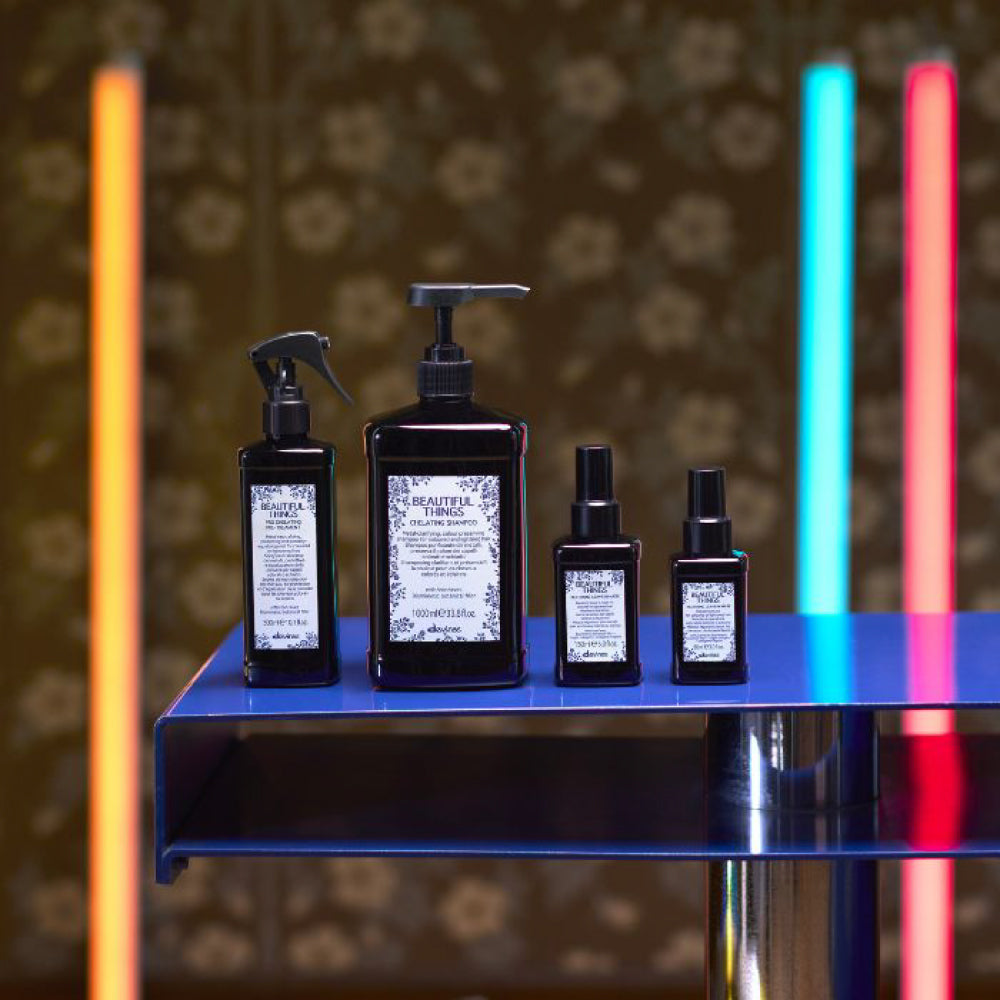

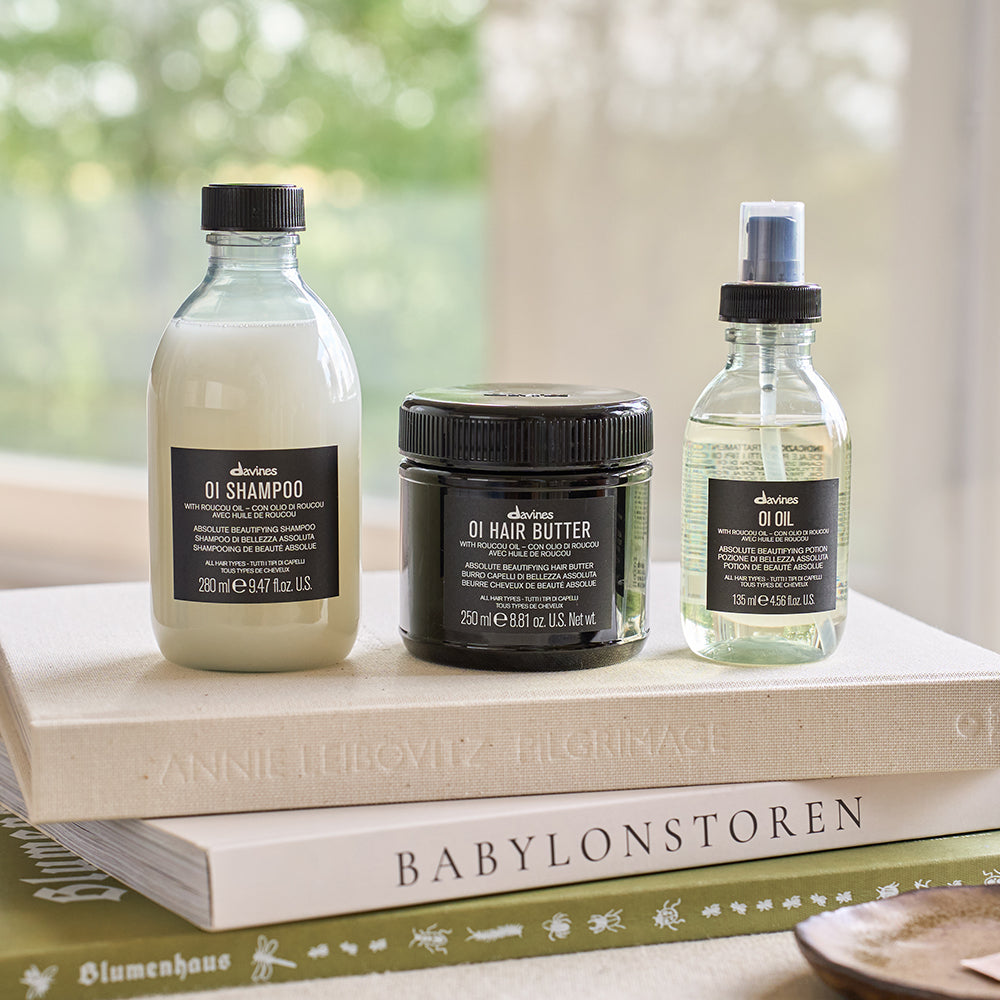
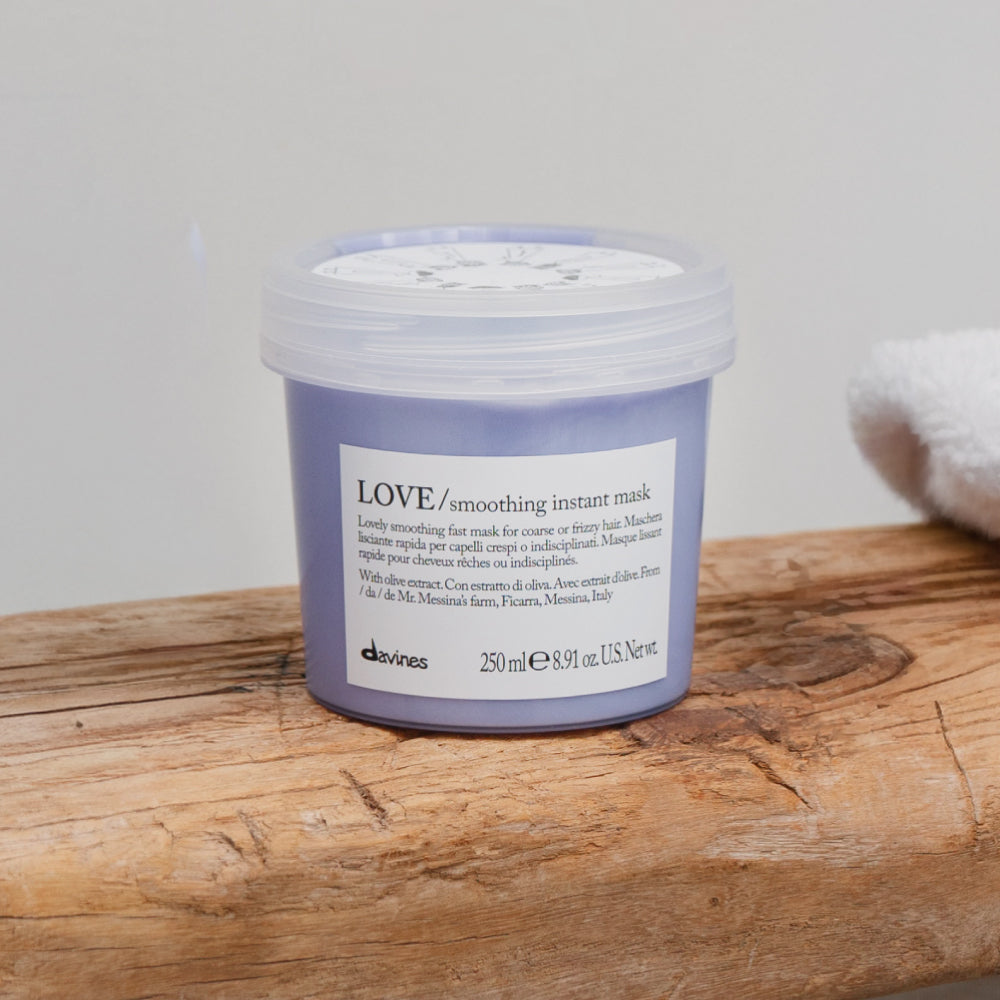



Leave a comment
Comments will be approved before showing up.